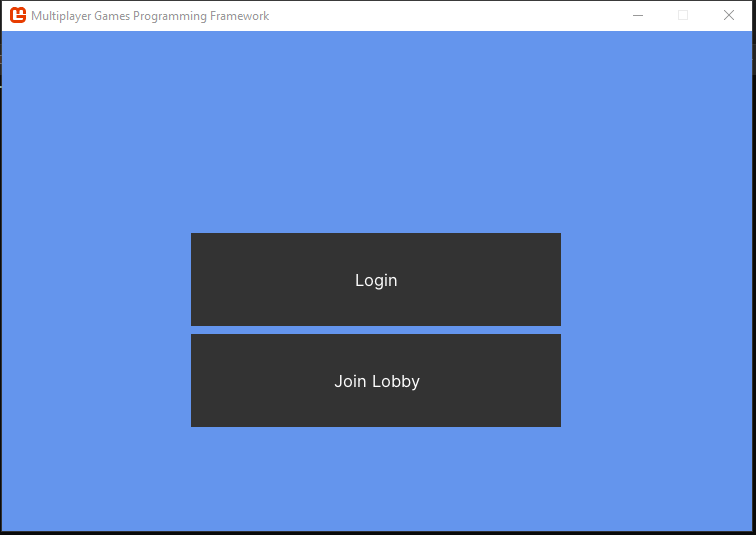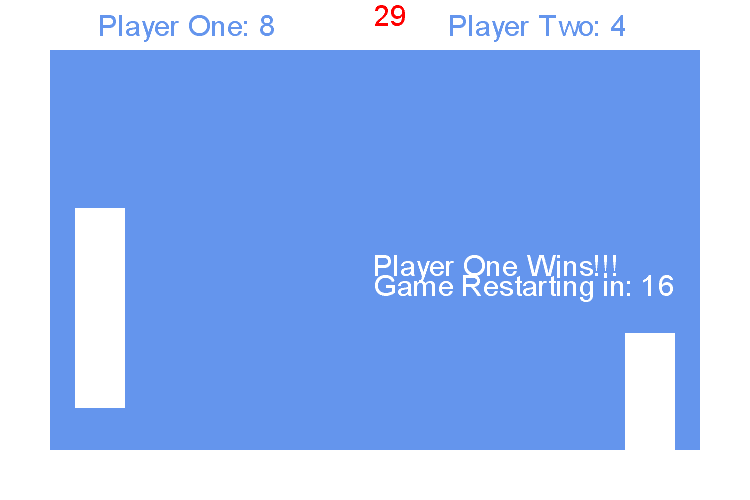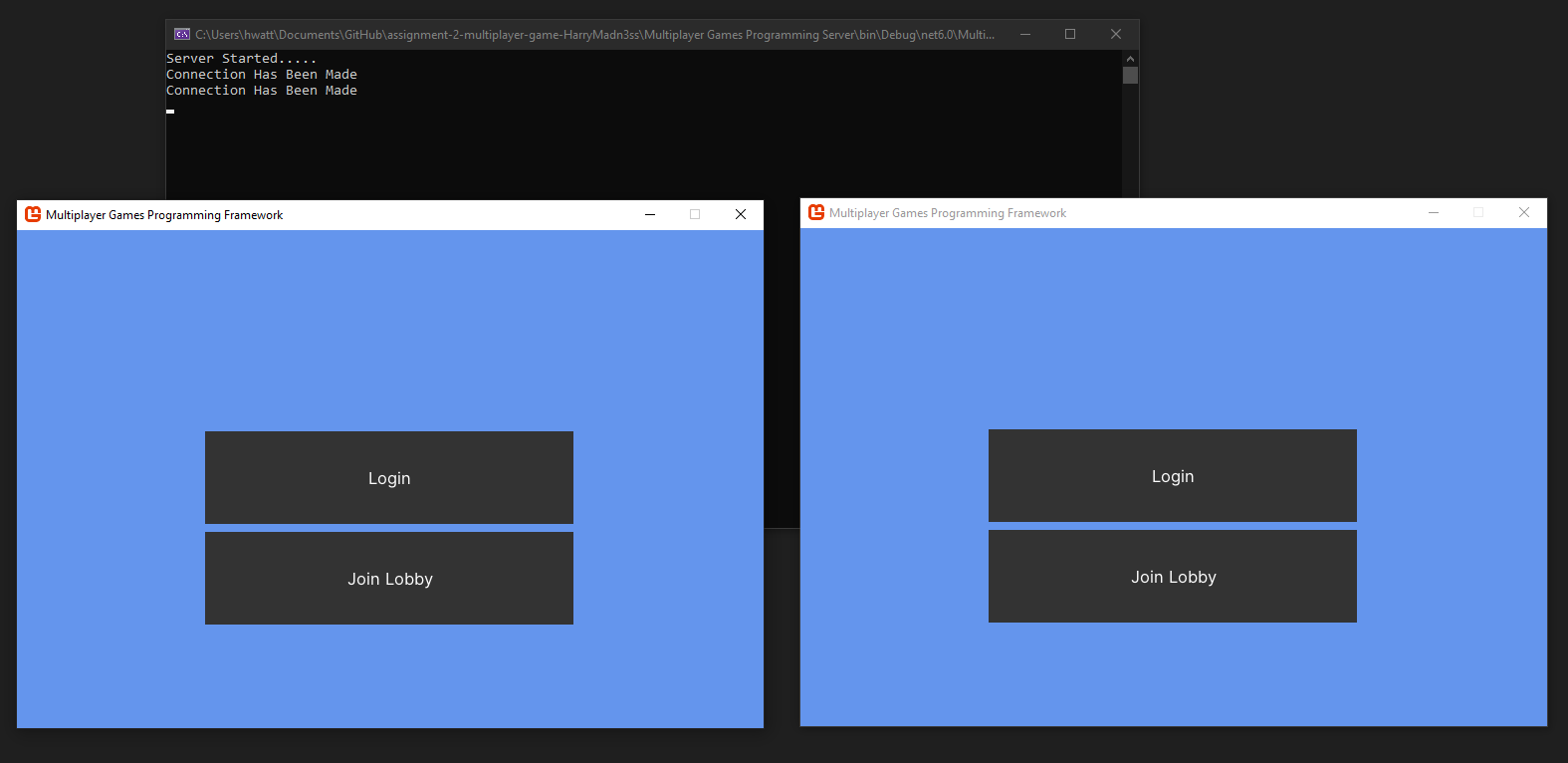Overview
In Second year of University, I tackled my first networking project, the premise was to take a framework using C# and Monogame libraries with one paddle and a ball and turn it into pong that can be played over a network.
This project was very challenging for two main reasons, multithreading the project and serialising and sending the data over the internet.
This project contains several low-level implementations including Multithreaded server and client, TCP and UDP connections for sending data, custom JSON packets to store data and encryption to secure the data
over the network.
Grade: First
Github Repo


